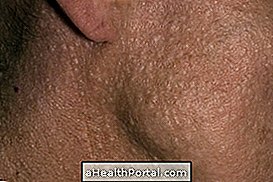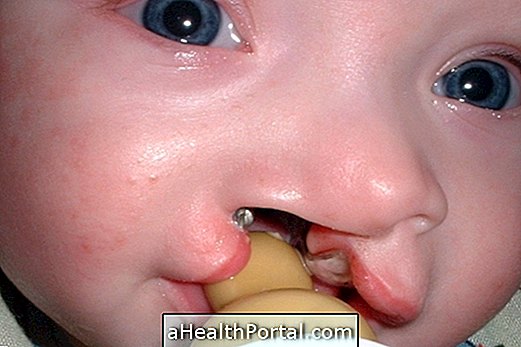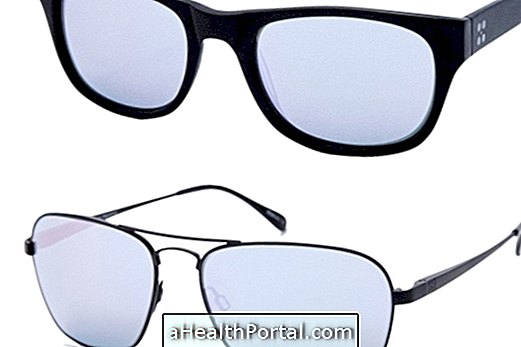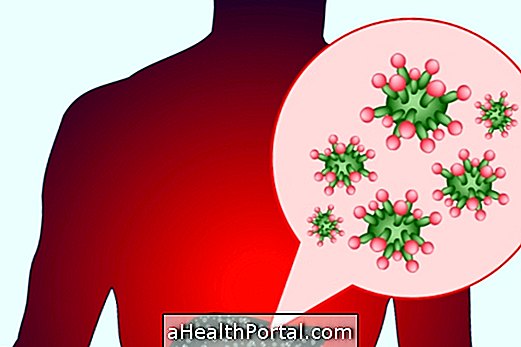Gilbert syndrome, also known as constitutional hepatic dysfunction, is a genetic disease characterized by jaundice, which causes people to get yellowing of their skin and eyes. It is not considered a serious disease, nor does it trigger major health problems, and therefore, the person with the syndrome lives as much as a non-sufferer with the same quality of life.
Gilbert syndrome is more common in males and is caused by a change in a gene responsible for bilirubin degradation, that is, with the mutation in the gene, bilirubin can not be degraded, accumulating in the blood and developing the yellowish appearance that characterizes this disease.
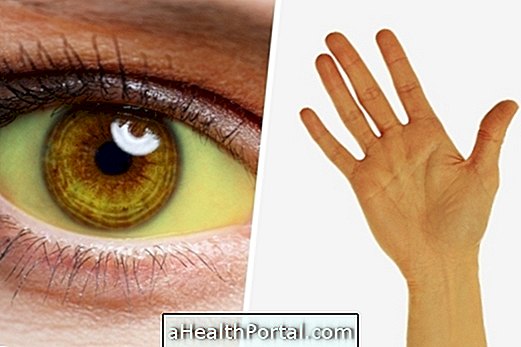
Possible symptoms
Usually Gilbert's syndrome causes no symptoms other than the presence of jaundice, which corresponds to yellowing of the skin and eyes. However, some people with the disease report fatigue, dizziness, headache, nausea, diarrhea or constipation, and these symptoms are not characteristic of the disease. Usually arise when the person with Gilbert's disease has an infection or is being subjected to a very stressful situation, for example.
How is the diagnosis made?
Gilbert's syndrome is not easily diagnosed as it usually has no symptoms and jaundice can often be interpreted as a sign of anemia. In addition, this disease, regardless of age, usually manifests only during times of stress intense physical exercises, prolonged fasting, during some febrile illness or in the menstrual period in women.
The diagnosis is made with the aim of excluding other causes of liver dysfunction and, therefore, not requested tests of liver function tests, such as TGO or ALT, TGP or AST, and bilirubin dosage, in addition to urine tests, to assess concentration urobilinogen, blood count and, depending on the result, a molecular examination to investigate the mutation responsible for the disease. See which exams evaluate the liver.
Normally the results of liver function tests in people with Gilbert syndrome are normal, except for the concentration of indirect bilirubin, which is above 2.5mg / dL, when the normal is between 0.2 and 0.7mg / dL. Understand what is direct and indirect bilirubin.
In addition to the exams requested by the hepatologist, the physical aspects of the person, as well as the family history, are also evaluated, since it is a genetic and hereditary disease.
How is the treatment done?
There is no specific treatment for this syndrome, however some care is needed, since some medicines used to combat other diseases may not be metabolized in the liver, since they have the reduced activity of the enzyme responsible for the metabolism of these drugs, for example Irinotecan and Indinavir, which are anticancer and antiviral respectively.
In addition, alcohol consumption by people with Gilbert syndrome is not recommended as there may be permanent damage to the liver and lead to progression of the syndrome and occurrence of more serious diseases.
